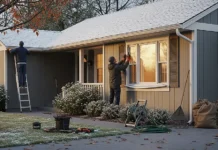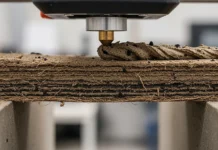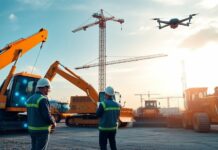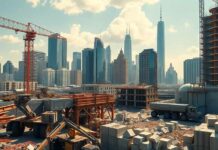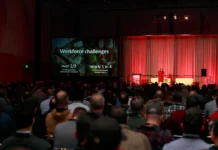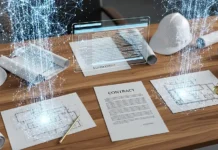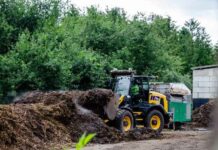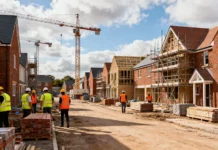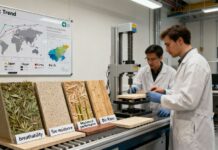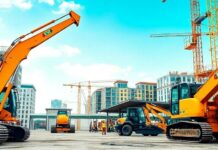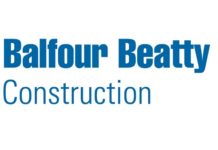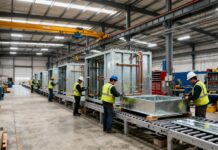A crash will be heard far beyond the event.
In a typical metropolitan city like San Diego, a split second of uncertainty on the road can become a full-blown accident. For those experiencing such events, talking to a San Diego accident lawyer can provide insight. However, prior to legal assistance ever being required, construction workers are given an opportunity to avoid the hazard altogether.
By learning where accidents occur most, road builders and designers can redesign the way we travel—safely, smoothly, and with less risk.
The Blueprint Behind the Problem
Bad design frequently lies in plain sight. Too-narrow lanes pack cars in too tightly. Sudden curves catch drivers off guard. Ambiguous intersections require last-second choices.
These aren’t just driver mistakes—they’re design mistakes. Crashes don’t always originate from speed or inattention. Occasionally, they begin with the way a road is constructed.
The problem starts when the design ignores actual behavior. Drivers don’t drive like drawings. They break too late. They make wide turns. They use signs and lane markings to guide them. When those are absent or ambiguous, mistakes multiply.
Small Choices That Shape Big Outcomes
Lane width counts. A road that’s just slightly too narrow can make side-swipes more likely, particularly in high-traffic areas. Excessively sharp turns at intersections introduce hazards for large vehicles.
Pavement texture, rain visibility, and even sun glare—all contribute to safety. However, these factors are frequently underestimated until an accident shines a light on the problem.
And then there’s signage. Too many vital signs are inadequately placed or difficult to read. Overgrown paint, dim lighting, or tree canopy can obscure an essential warning until it’s too late.
By being detail-oriented in the small things, construction crews can construct roads that direct rather than mislead.
Planning for Real Drivers, Not Ideal Ones
Creating a safe highway involves accommodating tired, distracted, and lost drivers. It involves planning on the assumption that not all drivers will drive perfectly.
Crossings have to be seen, not only marked. Signals must permit sufficient time for left turns. Merge lanes must provide drivers with sufficient space and time, not require them to make rapid decisions in a hurry.
Construction professionals need to take a step back from the drawing and inquire: “Would this make sense at 40 miles per hour, with traffic behind me, in the rain?”
Temporary Zones Require Permanent Care
Work zones are hazardous. A harsh lane change, confusing detour, or absent barrier causes panic. Drivers rely on consistency, and when roadwork spoils it, the outcome is deadly.
Each cone and each flashing sign needs to be a part of a sensible sequence. A work zone with confusion isn’t just frustrating — it’s a potential wreck.
By seeing each setup from the perspective of a novice driver on the highway, crews can eliminate risk significantly.
Hearing What the Data Tells Them
Crash reports contain useful hints. Where do rear-end crashes occur most frequently? Which intersections experience the most left-turn crashes?
Construction experts need to take this information into account prior to building anything.
Common crashes in a particular location could be due to bad visibility or faulty traffic light phasing. Figures indicate trends. Trends indicate issues. And issues invite solutions.
Bringing Construction and Law Together
Road builders focus on the blueprint, while accident attorneys focus on the wreckage. They learn the stories, analyze the damage, and know the unseen reasons.
Collaborating with an accident lawyer can also provide insight into patterns of risk that numbers alone cannot indicate.
When one section of the road is creating repeated accidents and claims, there’s probably a design flaw at work. Construction professionals and lawyers, when teamed up, can bridge the gap between cause and cure.
Constructing Roads That Don’t Require Warnings
Good road design is invisible. It doesn’t draw attention to itself. It just works.
Drivers navigate it smoothly. They don’t have to guess their way, panic in a merge, or miss a sign. They arrive at their destination with less stress and less damage.
It begins with the individuals behind the roads. Engineers, planners, and builders have the ability to avoid thousands of crashes annually.
By studying accident-prone locations and employing those lessons as a model, they can build roads that are intuitive and safe.



